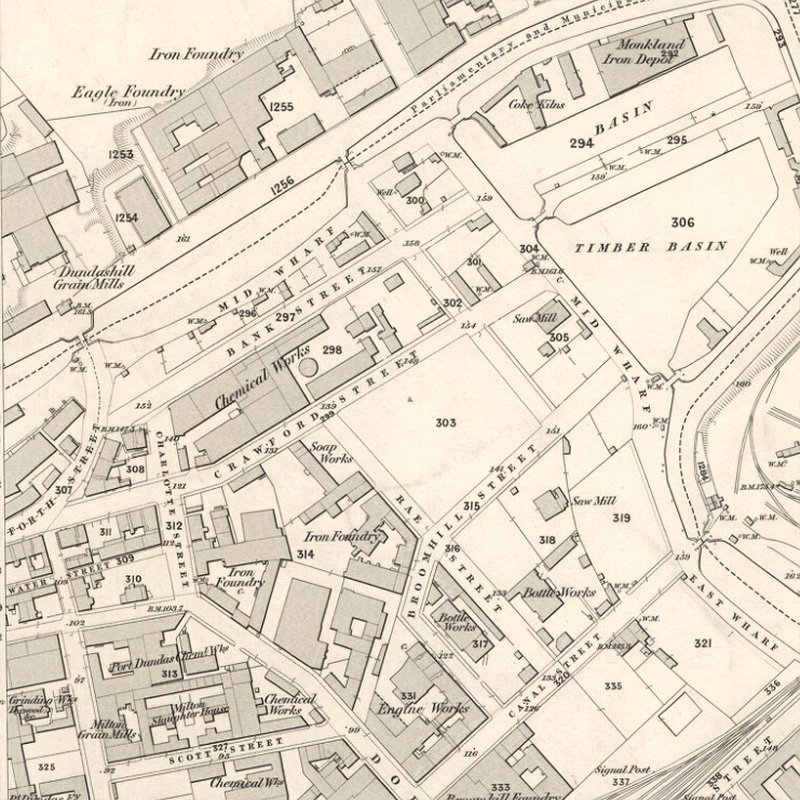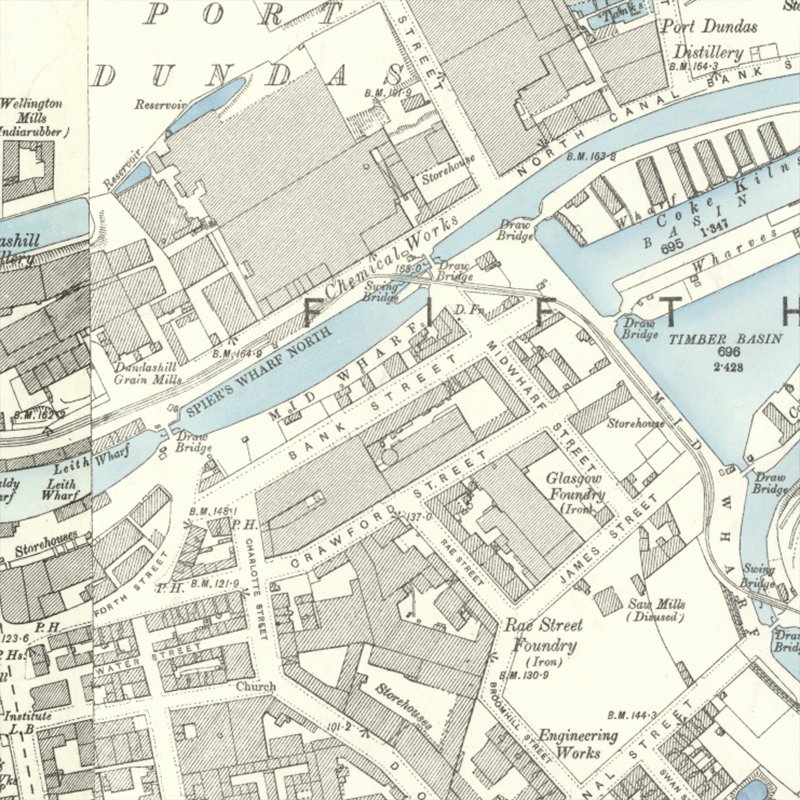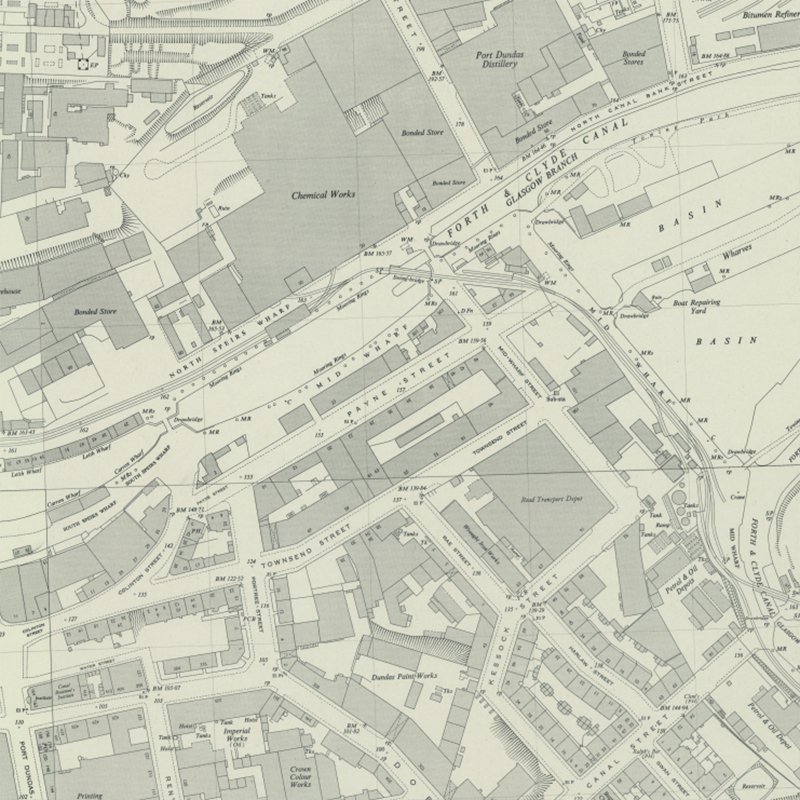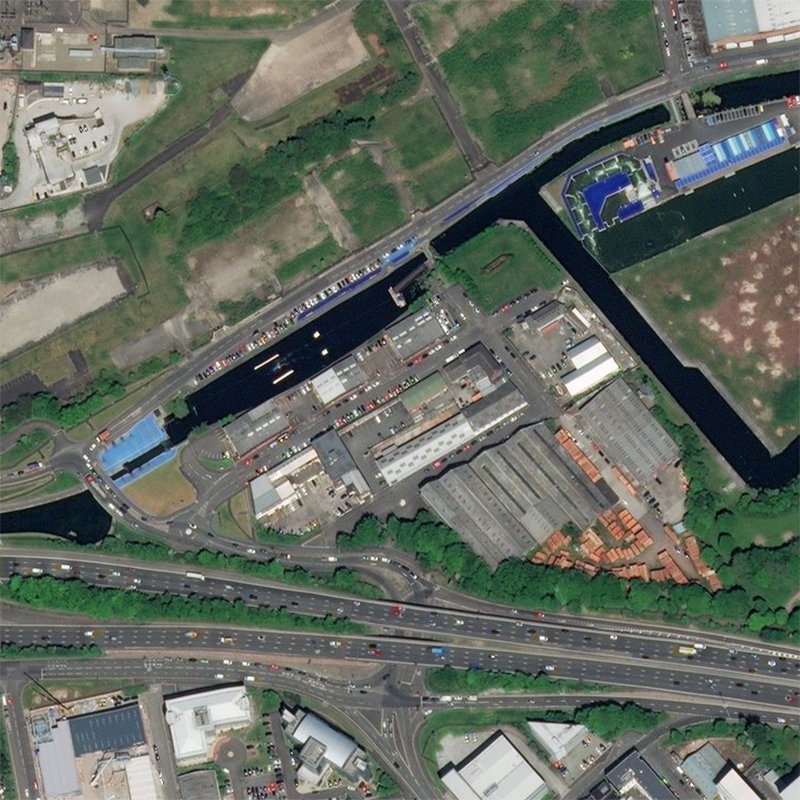- Aberdeen Oil Works
- Addiewell Oil Works
- Almondhill Oil Works
- Annick Lodge Oil Works
- Arden Oil Works
- Armadale Oil Works
- Auchenheath Oil Works
- Avonhead Oil Works
- Balgray Oil Works
- Ballat Oil Works
- Bathgate Oil Works
- Bathville Oil Works
- Bellsdyke Oil Works
- Bellsquarry Oil Works
- Benhar Oil Works
- Binnend Oil Works
- Birkenshaw Oil Works
- Bishop Street Oil Works
- Blackburn Oil Works
- Blackstone Oil Works
- Blackstoun Oil Works
- Blochairn Oil Works
- Boghall Oil Works
- Bredisholm Oil Works
- Breich Oil Works
- British Asphalte Oil Works
- Broxburn Oil Works
- Broxburn - Bell's Stewartfield Oil Works
- Broxburn - Albyn Oil Works
- Broxburn - East Mains Oil Works
- Broxburn - Greendykes Oil Works
- Broxburn - Hallfarm Oil Works
- Broxburn - Hutchinson's Oil Works
- Broxburn - Poynter's Oil Works
- Broxburn - Steele's Oil Works
- Broxburn - Steele's Stewartfield Oil Works
- Buckside Oil Works
- Burngrange Oil Works
- Calderbank Oil Works
- Canalbank Oil Works
- Champfleurie Oil Works
- Clippens Oil Works
- Cobbinshaw North Oil Works
- Cobbinshaw South Oil Works
- Coneypark Oil Works
- Craigie Oil Works
- Crown Point Oil Works
- Dalmeny Oil Works
- Deans Oil Works
- Doura Oil Works
- Drumbow Oil Works
- Drumcross Oil Works
- Drumgray Oil Works
- Dryflat Oil Works
- East Fulton Oil Works
- East Hermand Oil Works
- Eldin Oil Works
- Falkirk Oil Works
- Fergushill Oil Works
- Forthbank Oil Works
- Forth & Clyde Oil Works
- Gavieside Oil Works
- Grange Oil Works
- Grangepans Oil Works
- Greengairs Oil Works
- Hareshaw Oil Works
- Hartwood Oil Works
- Hawick Oil Works
- Hermand Oil Works (1866)
- Hermand Oil Works (1883)
- Holmes Oil Works
- Hopetoun Oil Works
- Hurlford Oil Works
- Inkerman Oil Works
- Inverkeithing Oil Works
- Kilrenny Oil Works
- Kilwinning Oil Works
- Kirkmuirhill Oil Works
- Kirkwood Oil Works
- Lanark Oil Works
- Lanemark Oil Works
- Levenseat Oil Works
- Limerigg Oil Works
- Linwood Oil Works
- Loanhead Oil Works
- Lochburn Road Oil Works
- Lochgelly Oil Works
- Longrigg Oil Works
- Magdalene Oil Works
- Methil Oil Works
- Millburn Oil Works
- Nettlehole Oil Works
- Niddry Castle Oil Works
- Nitshill Oil Works
- Oakbank Oil Works
- Palacecraig Oil Works
- Pathhead Oil Works
- Patterton Oil Works
- Pentland Oil Works
- Philpstoun Oil Works
- Port Dundas Oil Works
- Possil Oil Works
- Pumpherston Oil Works
- Raebog Oil Works
- Riggend Oil Works
- Rochsoles Oil Works
- Rochsolloch Oil Works
- Roman Camp - Almondfield Oil Works
- Roman Camp - Cawburn Oil Works
- Roman Camp Oil Works (1892)
- Roman Camp - Shale Oil Works
- Rosebank Oil Works
- Roughcraig Oil Works
- Rumford Street Oil Works
- Seafield Oil Works
- Shawsburn Oil Works
- Sheepford Locks Oil Works
- Shettleston Oil Works
- Shotts Oil Works
- Stand Oil Works
- Stanrigg Oil Works
- Stonehouse Oil Works
- Straiton Oil Works
- St. Rollox Works
- Swinehill Oil Works
- Tarbrax Oil Works
- Uphall Oil Works
- Uphall - Railway Oil Works
- Uphall - Wyllie's Oil Works
- Vulcan Chemical Works
- Wardend Oil Works
- Wattston Oil Works
- Westfield & Capeldrae Oil Works
- Westwood Oil Works (1941)
- Westwood Oil Works (1866)
- Whitebog Oil Works
- Whitehill Oil Works (Lanarkshire)
- Whitehill Oil Works (Midlothian)
- Whiterigg Oil Works
- Woodhall Oil Works
Canalbank Oil Works

A paraffin refinery on the banks of the Forth & Clyde canal in the industrial heart of Glasgow, which seems likely to have processed crude oil produced at the company's Loanhead Oil Works, north of Airdrie. Not listed by Redwood.
The 1871-2 Glasgow Post Office directory lists J & E Robinson as Paraffin Oil Manufactures and Paraffin Lamp Manufacturers, both based at Canal bank, Port Dundas. They continued to be listed as Paraffin Lamp Manufacturers in the 1873-4 directory. J & E Robinson were proprietors of Loanhead Oil Works and Port Dundas Paraffin Oil Works.
Mapped by the Ordnance Survey of c.1865.
| Date | Rateable Value | Owner | Occupier | Notes |
| 1872-73 | £182 | J & E Robertson | J & E Robertson | Oil Merchants |
| 1874 | £182 | J & E Robertson | J & E Robertson | Empty |
| It is unclear whether the name "J & E Robertson" is a transcription error. |
J. & E. Robinson, Paraffin Oil Manufacturers, Canal Bank, Port Dundas, Glasgow.
Our works are situated on the banks of the Forth and Clyde Canal. Employ 39 hands. Rateable value of works, 182/. 6s. Obtain supply of water jointly from Glasgow Corporation Waterworks, and from Forth and Clyde Canal. Consume about 10,000,000 of gallons yearly. Refine yearly crude oil, 1,000,000 gallons. Use sulphuric or other acid, 340 tons; caustic soda, 120 tons. Produce naptha, 14,000 gallons; crude paraffin, 120 tons; lubricating oil, 450 tons; illuminating oil, 460,000 gallons. Our liquid refuse consists of tany matter removed from the oil by sulphuric acid, and in combination with it, and of tarry matter removed and in combination with caustic soda. These two descriptions of refuse, called by us "acid tar," and "soda tar," are kept separate, and with the exception of a small proportion of acid, which is recovered by the application of steam, and used in the manufacture of sulphate of ammonia, are used for fuel, by an extremely simple patent taken out by us in 1869.
The other liquid refuse is kept clean and free from other tarry matters with which it comes in contact by being made to pass through six different cesspool filters, by which means the appearance of any tarry or oily matter on the surface is at once seen, and the cess pools are regularly skimmed, the tarry or other matter is taken out and burnt, and the refuse finally passes away comparatively clean into sewers and thence into the Clyde. Use yearly steam, about 40 horse-power. Consume yearly 1,400 tons of coal, the ashes from which are carted away to form embankments, or to fill up hollow places. The excrements of our workpeople are sold to farmers for manure. We suggest, as the best means of avoiding pollution in future, that suitable filters and depositing tanks should be used, and that all liquid refuse should be properly filtered before being passed into rivers and streams.
From Report on the pollution of Scotch Rivers to the Rivers Pollution Commissioners, 1873





